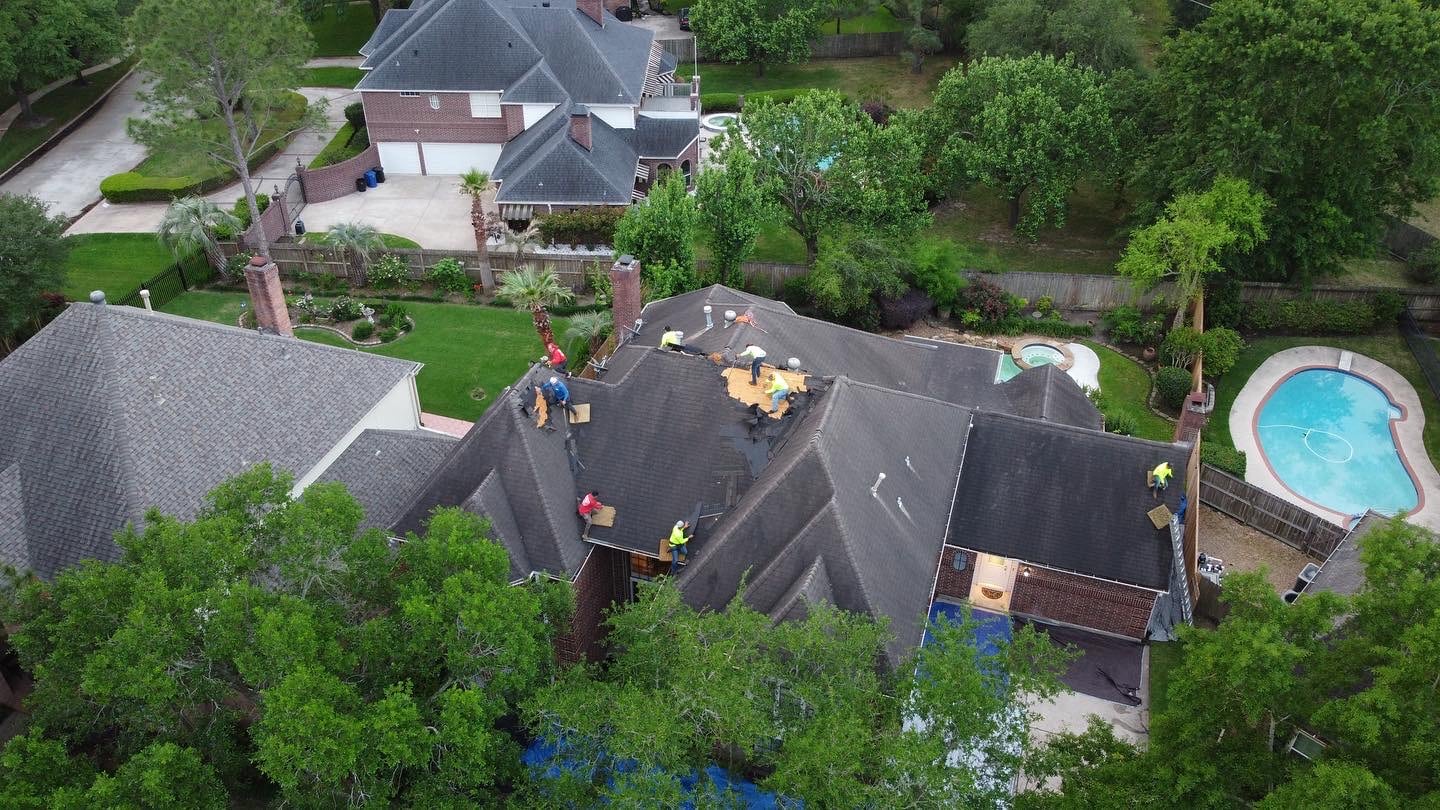Get Roofing Solutions from Roofing Repair Company
The weather in Texas can get extreme, which is why it’s important to have a roof that can withstand high winds, severe storms, and scorching heat. Our Roofing repair Company has the experience and expertise to handle any roofing repair job, no matter how big or small. We use only the highest quality materials and workmanship to ensure that your roof will be able to protect your home or business for years to come.
Oftentimes, we meet our customers by chance. A severe storm with damaging winds wreaking havoc on your home and roof is certainly not something you plan for. In these cases, we will work with your insurance company to make sure that your roof repair is covered. We understand that dealing with the aftermath of a storm can be stressful, so we will do everything we can to make the process as smooth and seamless as possible.

